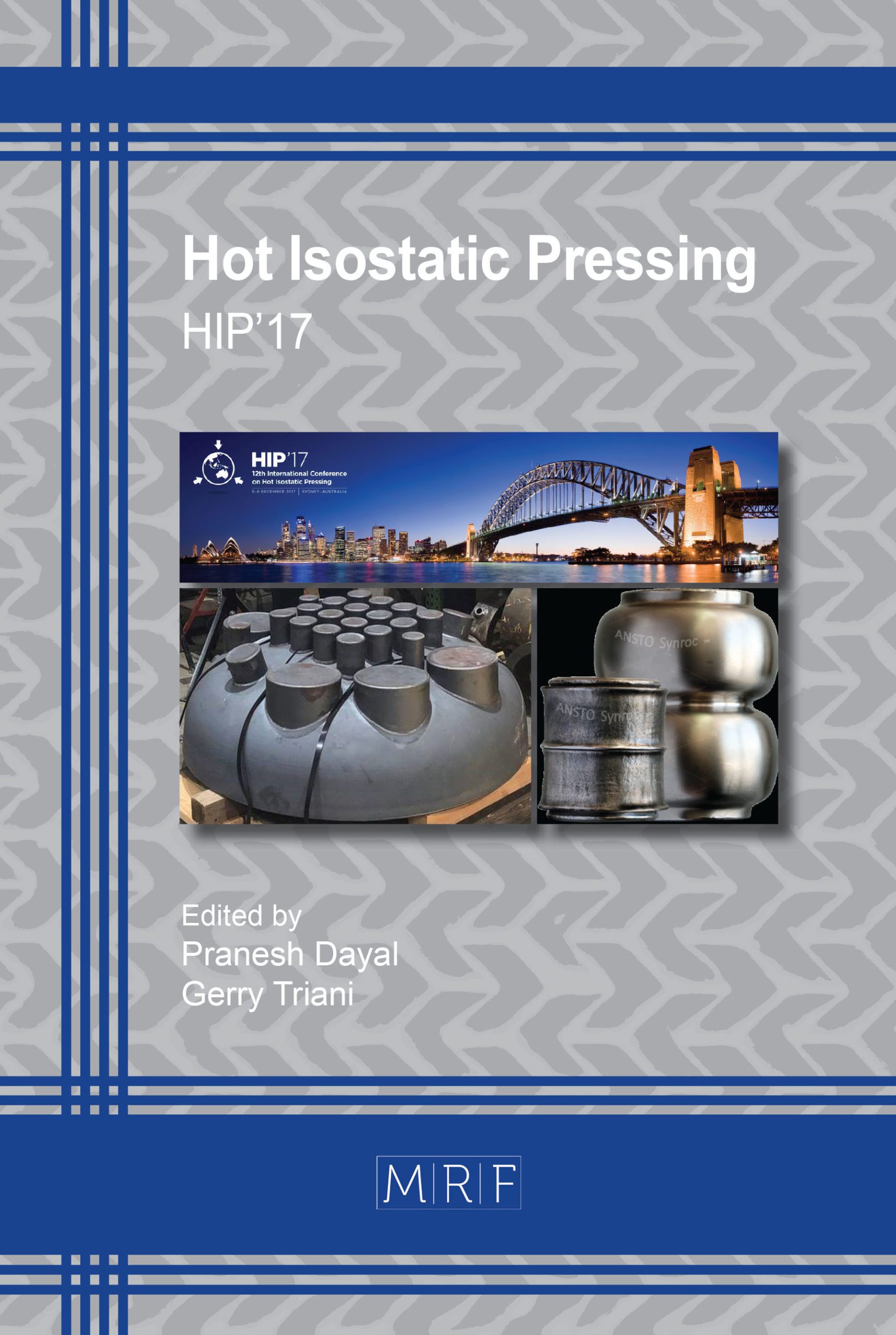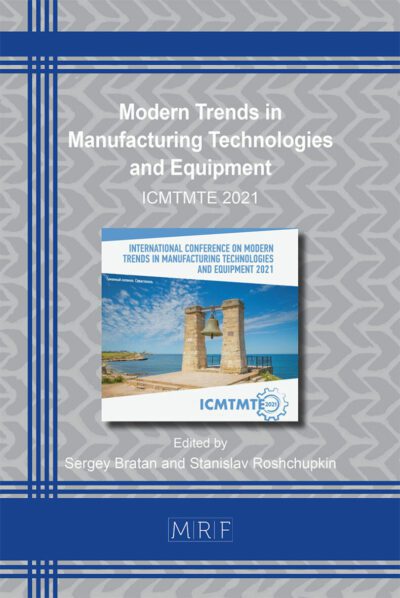Microstructural Design of Ni-base Superalloys by Hot Isostatic Pressing
Benjamin Ruttert, Inmaculada Lopez-Galilea, Lais Mujica Roncery, Werner Theisen
download PDFAbstract. Single-crystal Ni-base superalloys (SXs) are used as a first-stage blade material in high-pressure turbines for aero engines or in stationary gas turbines. They operate at temperatures close to their melting point where they have to withstand mechanical and chemical degradation. Casting and extensive solution heat-treatments of such blades introduce porosity that can only be reduced by hot isostatic pressing (HIP). Recent developments in HIP plant technology enable simultaneous HIP-heat-treatments due to rapid quenching at the end of such treatments. This work gives an overview of the opportunities that such a unique HIP offers for the solution heat-treatment of conventionally cast SXs or directionally solidified Ni-base superalloys fabricated by selective electron beam melting (SEBM). The influence of temperature, pressure, and cooling method on the evolution of the γ/γ’-morphology and on the pore shrinkage is investigated. The cooling method has a strong impact on the γ’-particle size and shape whereas the combination of temperature and pressure during the HIP-treatment mainly influences porosity reduction. In a final approach a HIP treatment is satisfactorily used to fully re-establish the γ/γ’-microstructure after high-temperature creep degradation.
Keywords
HIP, Microstructure, Ni-base Superalloy, Porosity, Rejuvenation
Published online 2/11/2019, 7 pages
Copyright © 2019 by the author(s)
Published under license by Materials Research Forum LLC., Millersville PA, USA
Citation: Benjamin Ruttert, Inmaculada Lopez-Galilea, Lais Mujica Roncery, Werner Theisen, Microstructural Design of Ni-base Superalloys by Hot Isostatic Pressing, Materials Research Proceedings, Vol. 10, pp 107-113, 2019
DOI: http://dx.doi.org/10.21741/9781644900031-15
The article was published as article 15 of the book Hot Isostatic Pressing
![]() Content from this work may be used under the terms of the Creative Commons Attribution 3.0 licence. Any further distribution of this work must maintain attribution to the author(s) and the title of the work, journal citation and DOI.
Content from this work may be used under the terms of the Creative Commons Attribution 3.0 licence. Any further distribution of this work must maintain attribution to the author(s) and the title of the work, journal citation and DOI.
References
[1] G.W. Meetham, The Development of Gas Turbine Materials, UK, London, (1981). https://doi.org/10.1007/978-94-009-8111-9
[2] A. Epishin, T. Link, Mechanisms of high-temperature creep of nickel-based superalloys under low applied stresses, Philos. Mag. A. 84 (2004) 1979-2000. https://doi.org/10.1080/14786430410001663240
[3] G. Mälzer, R.W. Hayes, T. Mack, G. Eggeler, Miniature Specimen Assessment of Creep of the Single-Crystal Superalloy LEK 94 in the 1000°C Temperature Range, Metall. Mater. Trans. A 38 A (2007) 314-327.
[4] H.V. Atkinson, B.A. Rickinson, Hot Isostatic Processing, UK, Bristol, (1991).
[5] L. Mujica Roncery, I. Lopez-Galilea, B. Ruttert, S. Huth, W. Theisen, Influence of temperature, pressure, and cooling rate during hot isostatic pressing on the microstructure of an SX Ni-base superalloy, Mater. Des. 97 (2016) 544-552. https://doi.org/10.1016/j.matdes.2016.02.051
[6] A. Baldan, Rejuvenation procedures to recover creep properties of nickel-base superalloys by heat treatment and hot isostatic pressing techniques, J. Mater. Sci. 26 (1991) 3409-3421. https://doi.org/10.1007/BF00557126
[7] A.B. Parsa, P. Wollgramm, H. Buck, C. Somsen, A. Kostka, I. Povstugar,P. Choi, D. Raabe, A. Dlouhy, J. Müller, E. Spiecker, K. Demtröder, J. Schreuer, K. Neuking, G. Eggeler, Advanced Scale Bridging Microstructure Analysis of Single Crystal Ni-Base Superalloys; Adv. Eng. Mater. 17 (2015) 216-230. https://doi.org/10.1002/adem.201400136
[8] M. Ramsperger, R.F. Singer, C. Körner, Microstructure of the Nickel-Base Superalloy CMSX-4 Fabricated by Selective Electron Beam Melting, Metall. Mater. Trans. A 47 (2016) 1469–1480. https://doi.org/10.1007/s11661-015-3300-y

































